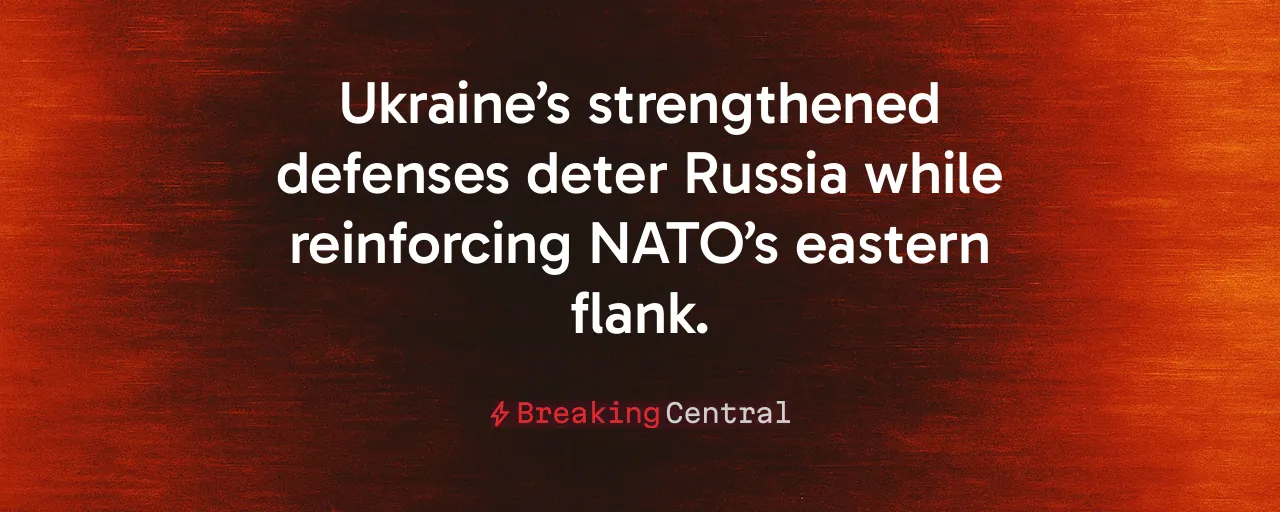A Bold Move to Confront Russia
President Trump's decision to restart artillery shipments to Ukraine, announced on July 8, 2025, sends a clear message to Moscow: the United States will not waver in confronting aggression. After a brief pause prompted by concerns over U.S. stockpiles, the flow of 155 mm shells and Guided Multiple Launch Rocket System (GMLRS) missiles has resumed, reaching Ukrainian forces as Russian assaults intensify. This move underscores a commitment to global stability without entangling American troops in another foreign conflict.
The decision follows weeks of debate in Washington, sparked by reports on July 1 that the Pentagon had halted munitions transfers. Bipartisan criticism and pressure from NATO allies at the July summit in The Hague pushed the White House to act. Direct talks between Trump and Ukrainian President Zelenskyy cemented the policy shift, with deliveries now moving from European depots. For Americans, this decision signals strength to adversaries like China and Iran, with implications extending beyond Ukraine.
Why Ukraine Matters to American Security
Supporting Ukraine aligns with a strategic vision that prioritizes deterrence and alliance credibility. Ukrainian forces, armed with U.S.-provided rockets, have degraded Russian artillery, weakening Moscow's ability to project power. Battlefield data confirms that when Ukraine has ample munitions, it disrupts Russia's advances, reducing the risk of broader conflict spilling into NATO territory. A strong Ukraine keeps the U.S. out of direct combat while checking a key adversary.
This approach echoes historical successes, like the 1973 airlift to Israel during the Yom Kippur War, when decisive U.S. aid turned the tide without boots on the ground. Today, aiding Ukraine reinforces NATO's eastern flank, particularly for allies like Poland and the Baltic states, who facilitate these shipments. It also sends a message to Beijing, which watches closely as it weighs its own ambitions in Taiwan.
The Stockpile Dilemma and Prudent Caution
Critics of open-ended aid, including some in Trump's base, argue that depleting U.S. inventories risks readiness for other threats, like a potential Chinese move on Taiwan. Pentagon reports highlight that certain munitions, including 155 mm shells, sit at or below minimum stockpile goals. The July pause reflected a legitimate concern: America cannot afford to hollow out its defenses while supporting allies.
Past overextensions in Iraq and Afghanistan fuel skepticism about endless commitments. These lessons resonate with voters wary of foreign entanglements, especially in rural communities where skepticism of globalism runs deep. Trump's team addressed these concerns by tying resumed aid to strict conditions, including enhanced oversight to prevent waste or corruption in Ukraine.
Pushing Europe to Step Up
A key pillar of Trump's strategy is demanding that Europe shoulder more of the burden. NATO allies like Germany and Poland have stepped up logistics, but their financial contributions lag. The European Union has pledged €60 billion for Ukraine, yet disbursements remain slow. American taxpayers, already footing a $104 billion supplemental bill for 2025, deserve partners who match U.S. resolve with real dollars.
This push for fairness reflects a broader vision of alliances built on mutual accountability. By conditioning aid on European cost-sharing, the administration ensures that U.S. support strengthens allies without subsidizing them. Proposals like loan-lease mechanisms for Ukraine could further ease the strain on American resources.
Boosting American Industry and Jobs
Resumed aid comes with a domestic upside: it fuels America's defense industry. Contracts to replenish stockpiles support 35,000 jobs across plants in Pennsylvania, Texas, and Arkansas. Current U.S. production of 155 mm shells stands at 36,000 per month, with plans to triple output by 2026. This industrial surge, reminiscent of the Korean War's artillery ramp-up, strengthens national security and local economies.
Congress can amplify this benefit by passing multi-year appropriations tied to production increases. Such measures would lock in predictability for manufacturers while addressing concerns about overcommitment. By prioritizing domestic capacity, the U.S. can sustain allies without compromising its own defenses.
A Path to Stability Through Strength
Trump's decision balances resolve with restraint. By resuming aid, the U.S. deters Russia and reassures NATO without escalating into direct conflict. Conditions like oversight and burden-sharing address voter concerns about waste and overreach. This approach contrasts with calls for unchecked aid, which ignore the risks of escalation and domestic fatigue.
The administration is also exploring diplomatic levers, like pushing Kyiv toward negotiations, to reduce reliance on attritional warfare. Coupling military support with de-mining and reconstruction efforts could broaden global buy-in, involving neutral states without expanding the military footprint.
Ultimately, this strategy protects U.S. interests by projecting strength, preserving readiness, and demanding accountability. It's a pragmatic stance that honors America's role as a global leader while keeping its own house in order. The world is watching, and Trump's move ensures the U.S. remains a force for stability, actively engaged rather than passively observing chaos.
